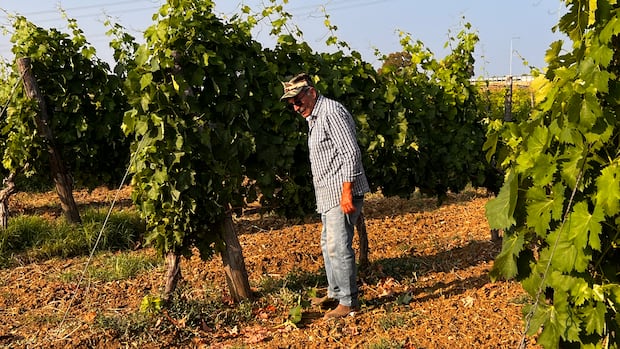Massimo Tosoni paces through his vineyards, the rows stretching like ribbons of green under a relentless sun. In the distance, the town of Tarquinia sits on a hilltop once ruled by the ancient Etruscans.
“Look at the rows of vineyards there,” he said, gesturing past a local red grape, Ciliegiolo, known for its cherry-like aroma. “The earth is as dry and hard as stone.”
The 73-year-old shakes his head. It’s the result of soil unwatered for too long, where the sun has sucked out every last drop of life, blocking reabsorption of water.
Italy’s vineyards, like much of the world’s, are grappling with summers that are hotter and longer, erratic weather and dwindling water.
These shifts are forcing winemakers to rethink one of the oldest assumptions in their craft: terroir, the delicate interplay of soil, sun, wind, rain and human touch that gives each wine its specific taste, some might say, soul.
If global temperatures rise more than 2 C by century’s end, studies suggest up to 90 per cent of Italy’s lowland and coastal wine regions — about one-third of the country’s wine growing territory — could become unsuitable for viticulture, with similar risks for most of the world’s vineya
Continue Reading on CBC News
This preview shows approximately 15% of the article. Read the full story on the publisher's website to support quality journalism.
